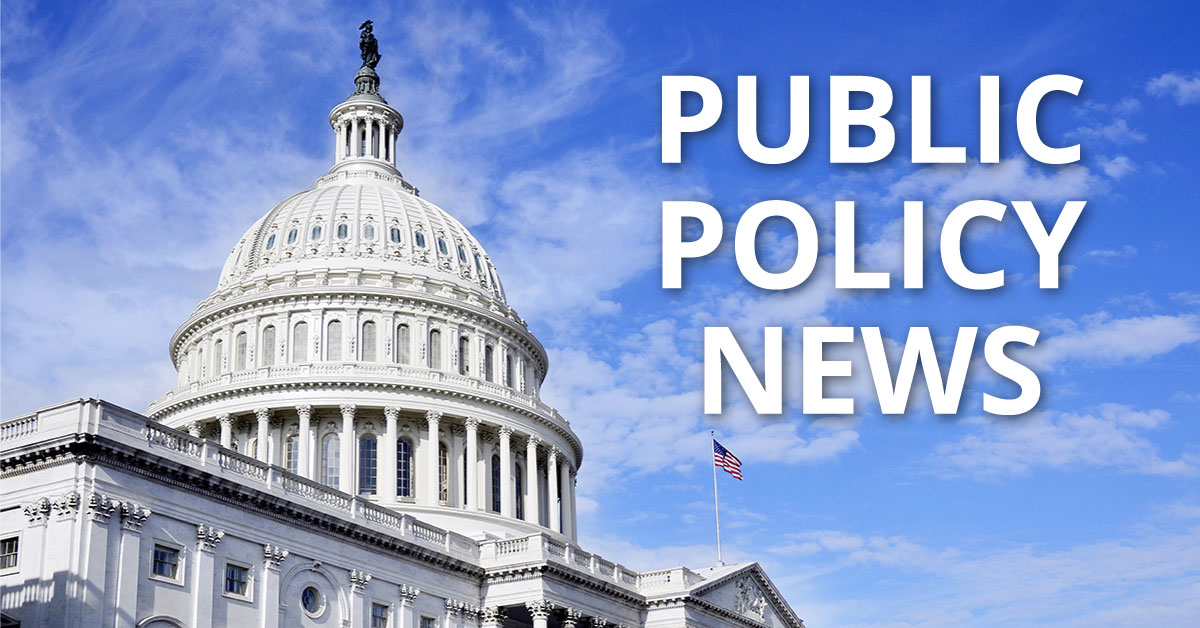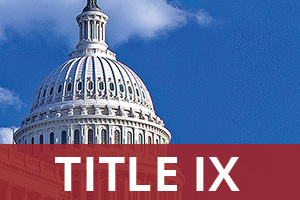by CUPA-HR | April 14, 2025
Editor’s Note: This is the second of a three-part series by Maureen De Armond, chief human resources officer at Des Moines University Medicine and Health Sciences, on adapting during changing times. The series begins with Adapting for Survival and continues in Adapting With Heart.
While each institution’s situation is unique, there are common challenges that unite HR teams across state lines and between private and public institutions.
Many of us may now be called upon to reevaluate the words we use in job postings, on our websites, within position titles, in trainings, and more. Some of us may be called upon to eliminate offices or positions. We may face losses of state or federal funding. We may have employees who feel particularly vulnerable. In some areas, there may be heightened retention challenges if people move or leave higher education altogether.
In short, it is unlikely that any HR office will fully escape implementing changes and grappling with difficult responsibilities. Even so, opportunities abound to make a positive impact, to be true helpers and show we care. To quote Arthur Ashe, “Start where you are, use what you have, do what you can.” Here are some ideas.
Maintain Your Focus on People and Culture
HR has an obligation to continue to be keepers of the work culture and cultivate an environment that is welcoming and respectful of all employees. It’s time to get creative.
One area you can rethink creatively is language describing campus culture, both in your internal communications and in recruitment materials. One may draw some inspiration from these examples, both from Nintendo:
Nintendo is proud to be an equal opportunity employer. We offer a welcoming and inclusive environment in service to one another, our products, the diverse consumers we represent, and the communities we call home. We do all of this with kindness, empathy and respect for each other.
Nintendo is for everyone. We believe that our results are better when our teams represent our potential consumers and fans. We’re actively building a culture where employees contribute their knowledge, ideas and perspectives so innovation and creativity thrive. We’re welcoming, approachable and respectful — we’re Nintendo. All characters welcome.
Kudos to Nintendo for investing time and creativity into statements painting a vivid picture of warmth and kindness. Could a college or university channel its values and institutional culture into similar language while avoiding today’s live wires? I think so.
University X is a place anyone can call home. We are always looking for talented, innovative and kind individuals to join our team and help us build a better tomorrow [or other mission language]. We know our campus and students are best served by faculty and staff representing a wide range of experiences, backgrounds and talents. If you are interested in joining and contributing to a welcoming, respectful and thriving organization, please apply. Anyone can be a/an [insert mascot]. Why not you?
The reader can feel a welcoming culture, right?
Wherever you talk about culture — in your employee value proposition, recruitment resources, internal policies, and websites — review the language and consider how you can paint the same picture of a welcoming and inclusive environment, even if you need to bust out a thesaurus to do so.
Vet Applicants for Alignment of Values
Another way to adapt creatively may be to revisit interview questions. Institutions should still strive to recruit people who share their values and priorities, whatever those may be.
Some questions that may provide insight into an applicant’s character could include the following:
- Tell us about one of your favorite experiences working with a team and the contributions you made.
- When you have had new employees join your team, what did you do to make them feel welcome and help them be successful?
- Can you describe how your career has been enhanced by working with people who are different from you?
- Tell me about a time when you were communicating with someone, and you felt like you were not being understood. What did you do?
- What do you like most and least about your current work culture?
- How would your current co-workers describe your strengths and weaknesses as a colleague?
- What attracts you most to this job and our institution?
- Which of our core values do you identify with the most and the least and why?
- Our institution has students, faculty and staff who come from all over. Do you feel equipped to serve all campus stakeholders on day one, or do you think you would benefit from additional training?
- What’s the ideal working environment to best benefit your working and personality style?
- What soft skills are you interested in developing in the next couple of years?
- Tell us about a time when you were challenged by a situation where others were behaving in an inappropriate or uncivil way. Describe the situation, the actions you took and the outcome.
- What are your workplace superpowers?
- Describe the most difficult colleague you’ve ever had to deal with at work. Why were they challenging? What did you do?
- Most people want to work in an environment that is respectful and kind. Can you tell us how you try to create such an environment for others?
- Describe a time when you needed to work cooperatively with someone who did not share the same ideas as you. Describe the situation, the actions you took and the outcome.
Asking applicants a variety of questions that get to their character is nothing new. It may be a good time to review recommended questions to help protect the hiring process while also spending more intentional time assessing alignment with institutional values. There is no sense in hiring people into an organization who do not already share the institution’s values.
Related CUPA-HR Resources
Recent Executive Orders and Higher Ed HR’s Role in Creating and Sustaining an Inclusive Campus Community — A message from CUPA-HR President and CEO Andy Brantley.
Update on DEI-Related Executive Orders: How Recent Developments Impact Compliance Strategies for Higher Education — This CUPA-HR webinar offers insights into steps institutions can take to ensure they are in compliance.
Next Steps: A Practical Guide for Ensuring Access and Opportunity for All Employees— A brief guide to creating a welcoming workplace now.









